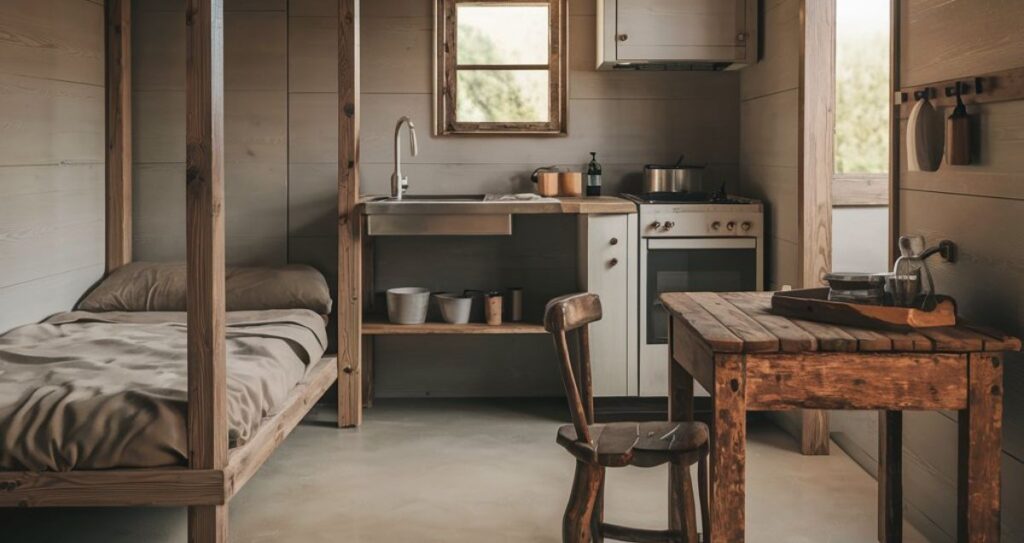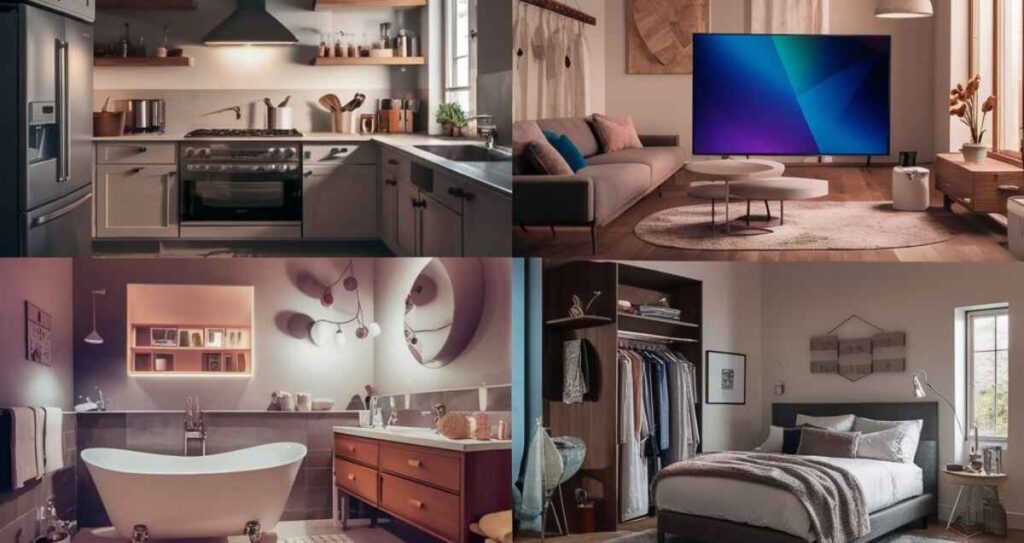Bare Minimum Things For A Home refer to the essential items needed to live comfortably and efficiently. These include furniture, kitchenware, and personal essentials that support daily life without unnecessary clutter. Focusing on these basics fosters a more organized, stress-free environment, allowing homeowners to prioritize quality and functionality over quantity.
Imagine stepping into your home and feeling an immediate sense of calm. The clutter is gone, and every item serves a purpose. Understanding the Bare Minimum Things For A Home can help you achieve this serene atmosphere. Whether you’re starting fresh in a new space or simplifying your current one, embracing the essentials transforms your living environment into a haven of comfort and functionality.
Adopting a minimalist approach means concentrating on what truly matters in your living space. The bare minimum essentials are not just about cutting back; they encourage thoughtful decisions about what you bring into your home. By focusing on quality over quantity, you create a space that reflects your personality while remaining functional.
What Are the Bare Minimum Things for a Home?

Bare Minimum Things For A Home are essential items needed for comfortable living without excess. These typically include basic furniture, key kitchenware, and a few personal belongings. Focusing on the bare minimum things for a home helps create an organized, peaceful space, promoting a minimalist lifestyle that reduces clutter and enhances well-being.
Key Benefits of Embracing Minimalism in Your Home
- Reduced Clutter: Fewer items mean less mess, making it easier to maintain a clean space.
- Increased Focus: A minimalist environment promotes mental clarity and focus, allowing you to concentrate on what truly matters.
- Cost-Effective: Investing in quality essentials rather than numerous items can save you money in the long run.
- Easy Maintenance: With fewer belongings, cleaning and organizing become simpler tasks.
- Enhanced Creativity: A minimalist space can inspire creativity and innovation by eliminating distractions.
Essential Items for Each Area of Your Home

Living Room
The living room is often the heart of the home, serving as a gathering place for family and friends. Here are the bare minimum essentials for this space:
- Sofa or Seating: A comfortable sofa or a couple of chairs are crucial for relaxation and socializing.
- Coffee Table: This can hold drinks, books, and decor items while providing a central point for conversation.
- Lighting: A mix of natural light and artificial sources, like floor or table lamps, creates a warm atmosphere.
- Storage Solutions: Consider shelves or bins to keep the space tidy.
Tip: When choosing furniture, opt for versatile pieces that can serve multiple functions, such as a sofa bed for guests.
Kitchen
The kitchen is where many daily activities occur, from cooking to dining. To keep it functional, consider these essentials:
| Item | Purpose |
|---|---|
| Pots and Pans | For cooking a variety of meals |
| Utensils | Essential tools for cooking and serving |
| Cutting Board | A safe surface for food preparation |
| Dishes and Cutlery | For serving meals and everyday use |
| Glassware | Includes drinking glasses and measuring cups |
- Appliances: A refrigerator, stove, and microwave are non-negotiable.
- Food Storage: Invest in a few quality containers to keep leftovers and ingredients fresh.
Case Study: A recent survey found that homes with organized kitchens report spending less time cooking and cleaning, emphasizing the importance of functional kitchen essentials.
Bedroom
A restful bedroom is vital for overall well-being. Focus on these bare essentials:
- Bed and Mattress: A quality mattress and bed frame are crucial for good sleep.
- Bedding: Invest in at least two sets of sheets and a comforter or duvet.
- Nightstands: These provide storage for personal items and a surface for lamps or books.
- Dresser or Wardrobe: Essential for organizing clothes and accessories.
Quote: “A good night’s sleep is vital for a productive day, making the bedroom a priority in your minimalist approach.”
Bathroom
Creating a serene bathroom space doesn’t require excessive items. Consider these essentials:
- Shower Curtain: A simple curtain can enhance privacy and style.
- Towels: At least two sets of bath towels and hand towels are necessary.
- Toiletries: A few key items like shampoo, conditioner, soap, and a toothbrush are essential.
- Storage: Use baskets or shelves for toiletries and cleaning supplies.
Home Office (if applicable)
With remote work becoming more common, having a functional workspace is increasingly important. Keep these essentials in mind:
- Desk: A simple desk or table for your computer and work materials.
- Chair: An ergonomic chair that supports good posture.
- Lighting: A desk lamp to provide adequate light for working.
Tips for Choosing the Right Essentials
- Assess Your Needs: Consider your lifestyle and daily routines to determine what items you truly need.
- Prioritize Quality Over Quantity: Invest in fewer, high-quality items rather than multiple cheap ones that won’t last.
- Stay Versatile: Choose multifunctional items that can serve more than one purpose, maximizing your space.
- Embrace Neutral Colors: A neutral color palette can create a calming atmosphere and make it easier to mix and match items.
- Declutter Regularly: Regularly assess your belongings and remove items that no longer serve a purpose.
Case Studies: Successful Minimalist Homes
Case Study 1: The Tiny House Movement
The tiny house movement has gained popularity as people embrace minimalism. Many individuals who have downsized to tiny homes report increased happiness and reduced stress. These homes typically feature only the bare minimum essentials, demonstrating that a comfortable and functional living space can be achieved in a small footprint.
Case Study 2: Marie Kondo’s Approach
Marie Kondo, the author of “The Life-Changing Magic of Tidying Up,” emphasizes keeping only items that “spark joy.” Her method encourages individuals to evaluate their belongings critically and focus on what truly adds value to their lives. This approach has helped many people simplify their homes and lives, aligning with the concept of bare minimum essentials.
Conclusion
Understanding the Bare Minimum Things For A Home allows you to create a space that is both functional and reflective of your lifestyle. By focusing on essential items for each area, you can cultivate a minimalist environment that promotes peace and clarity.
As you embark on your decorating journey, remember that less can truly be more. Embrace simplicity, invest in quality essentials, and watch as your home transforms into a sanctuary tailored to your needs. Minimalism isn’t just about reducing clutter; it’s about making space for what truly matters in your life.
David Mark is a seasoned home improvement expert and the creative mind behind DesignersParadise. With a keen eye for design and a passion for transforming spaces, David offers practical advice and innovative solutions for creating beautiful, functional homes. His insightful articles and tips aim to inspire and guide readers in enhancing their living environments, making every home a true reflection of style and comfort.
